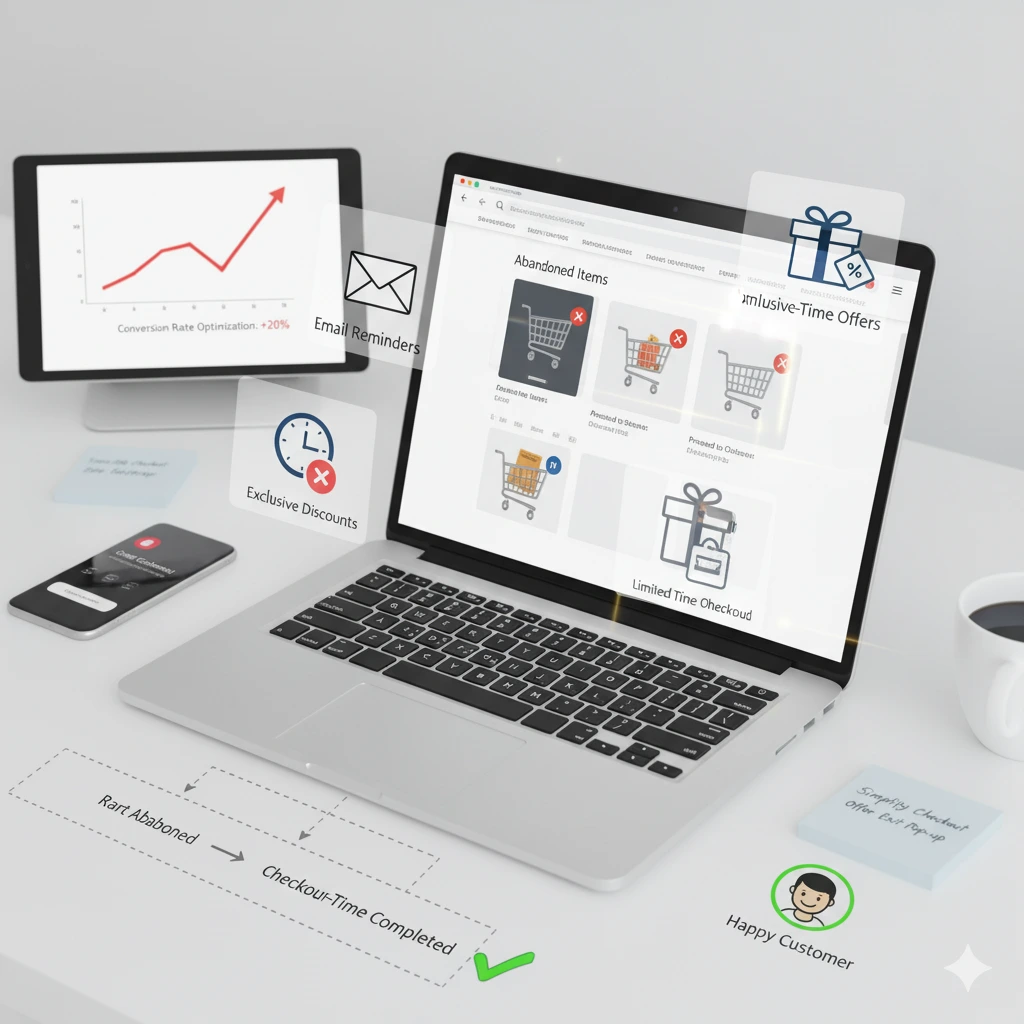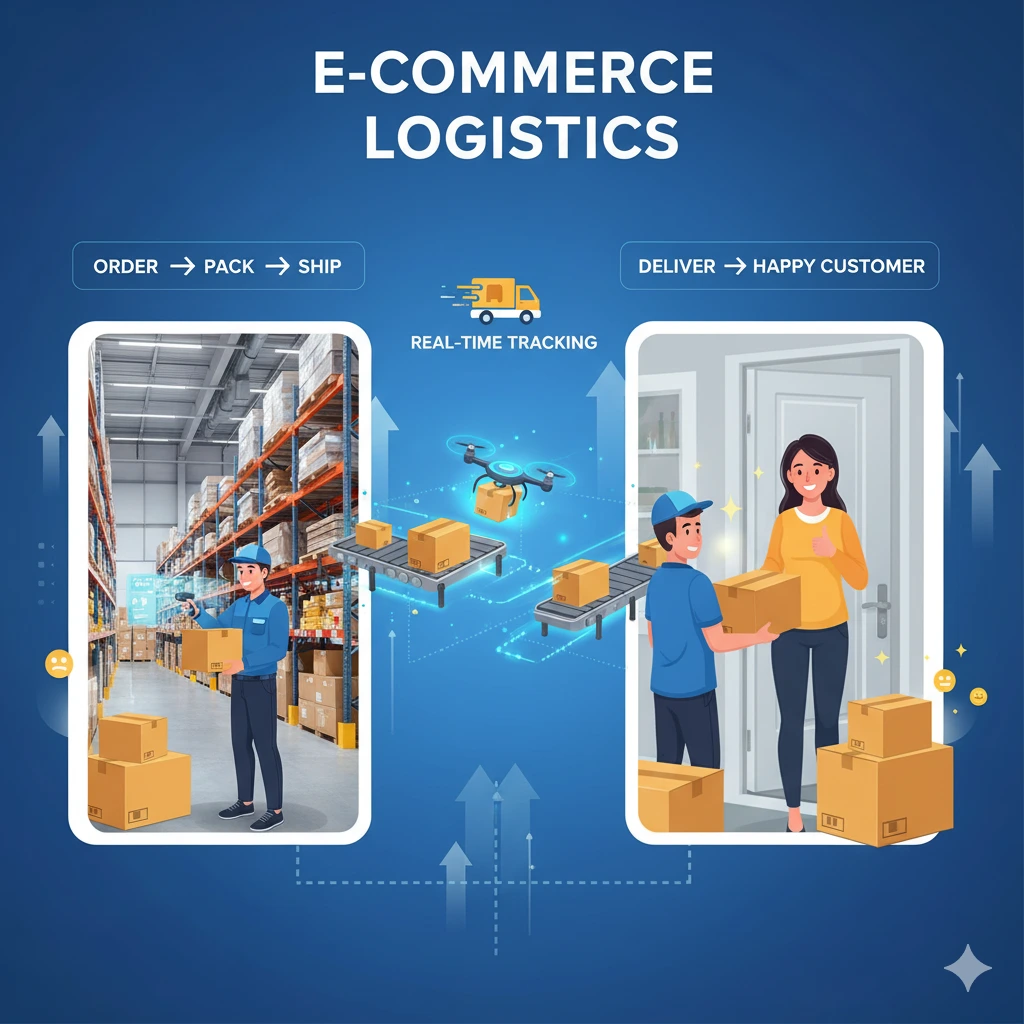For e-commerce businesses, shopping cart abandonment is one of the biggest challenges. Visitors may browse your online store, add products to their cart, and then leave without completing the purchase. High abandonment rates mean lost revenue and wasted marketing efforts. However, with the right strategies, you can turn those abandoned carts into completed sales.
Understanding Why Shoppers Abandon Carts
Before implementing solutions, it’s essential to understand the reasons behind cart abandonment:
- Unexpected Costs: High shipping fees, taxes, or hidden charges.
- Complicated Checkout: Long forms, multiple steps, or mandatory account creation.
- Lack of Trust: Concerns about payment security or return policies.
- Comparison Shopping: Customers browsing multiple sites before deciding.
- Limited Payment Options: Not offering preferred payment methods can deter buyers.
- Slow Website or Technical Issues: Frustration with lagging pages or errors.
Knowing these pain points allows you to address them systematically.
Strategy 1: Simplify the Checkout Process
A streamlined checkout can significantly reduce abandonment:
- Use a single-page checkout if possible.
- Offer guest checkout so customers don’t need to create an account.
- Minimize required fields and avoid unnecessary steps.
- Provide clear progress indicators if multiple steps are necessary.
A smooth, frictionless experience keeps shoppers engaged and more likely to complete the purchase.
Strategy 2: Be Transparent About Costs
Hidden fees are a major cause of cart abandonment. To prevent surprises:
- Show shipping and taxes upfront before checkout.
- Offer free or flat-rate shipping when possible.
- Provide discounts or coupon codes early in the shopping experience.
Transparency builds trust and reduces last-minute hesitation.
Strategy 3: Offer Multiple Payment Options
Not all customers prefer the same payment methods. Consider offering:
- Credit and debit cards
- Digital wallets like PayPal, Google Pay, or Apple Pay
- Buy now, pay later (BNPL) options
- UPI or other local payment solutions for specific markets
Flexibility ensures that customers can pay in the way that’s most convenient for them.
Strategy 4: Use Retargeting Emails
Cart abandonment emails are one of the most effective ways to recover lost sales:
- Send a friendly reminder within 24 hours.
- Include images of the items left in the cart.
- Offer a limited-time discount or incentive if appropriate.
- Include a clear call-to-action linking directly to the cart.
Automated retargeting emails can convert many abandoned carts into completed orders.
Strategy 5: Implement Exit-Intent Popups
Exit-intent popups detect when a visitor is about to leave and present them with:
- A special offer or discount
- A free shipping incentive
- A reminder of cart contents
When done tactfully, exit-intent popups can capture attention and reduce abandonment without annoying users.
Strategy 6: Optimize Mobile Experience
With mobile shopping on the rise, a mobile-friendly checkout is critical:
- Ensure fast load times on mobile devices.
- Simplify forms for touch input.
- Make buttons large and easy to tap.
- Ensure responsive design for all screen sizes.
A seamless mobile experience prevents frustrated users from abandoning carts.
Strategy 7: Build Trust and Credibility
Customers are more likely to complete purchases when they feel confident:
- Display trust badges and secure payment icons.
- Clearly explain return and refund policies.
- Highlight customer reviews and ratings on product pages.
- Provide live chat support for instant assistance.
Trust reduces hesitation and reassures customers during checkout.
Strategy 8: Offer Incentives Strategically
Discounts, promotions, and loyalty rewards can motivate customers to complete their purchase:
- Provide limited-time discounts to create urgency.
- Offer free shipping thresholds.
- Reward repeat buyers with loyalty points or perks.
Strategically timed incentives can turn indecision into action.
Strategy 9: Simplify Navigation and Reduce Distractions
Distractions during checkout can lead to abandonment:
- Keep the checkout page clean and focused.
- Limit cross-selling during checkout to essentials only.
- Ensure easy access to customer support without leaving the page.
A focused, distraction-free environment helps customers complete their purchase efficiently.
Strategy 10: Analyze Data and Continuously Improve
Use analytics to understand abandonment patterns:
- Track drop-off points in the checkout funnel.
- Conduct A/B testing on forms, layouts, and incentives.
- Gather customer feedback to address pain points.
- Continuously optimize based on results.
Data-driven insights allow you to implement changes that truly reduce abandonment rates.
Conclusion
Shopping cart abandonment doesn’t have to be a lost cause. By streamlining checkout, offering transparency and multiple payment options, building trust, and using retargeting strategies, you can recover abandoned carts and increase revenue.
E-commerce success depends not just on attracting visitors but ensuring that they complete the purchase journey. Implementing these strategies transforms potential lost sales into loyal, satisfied customers.




